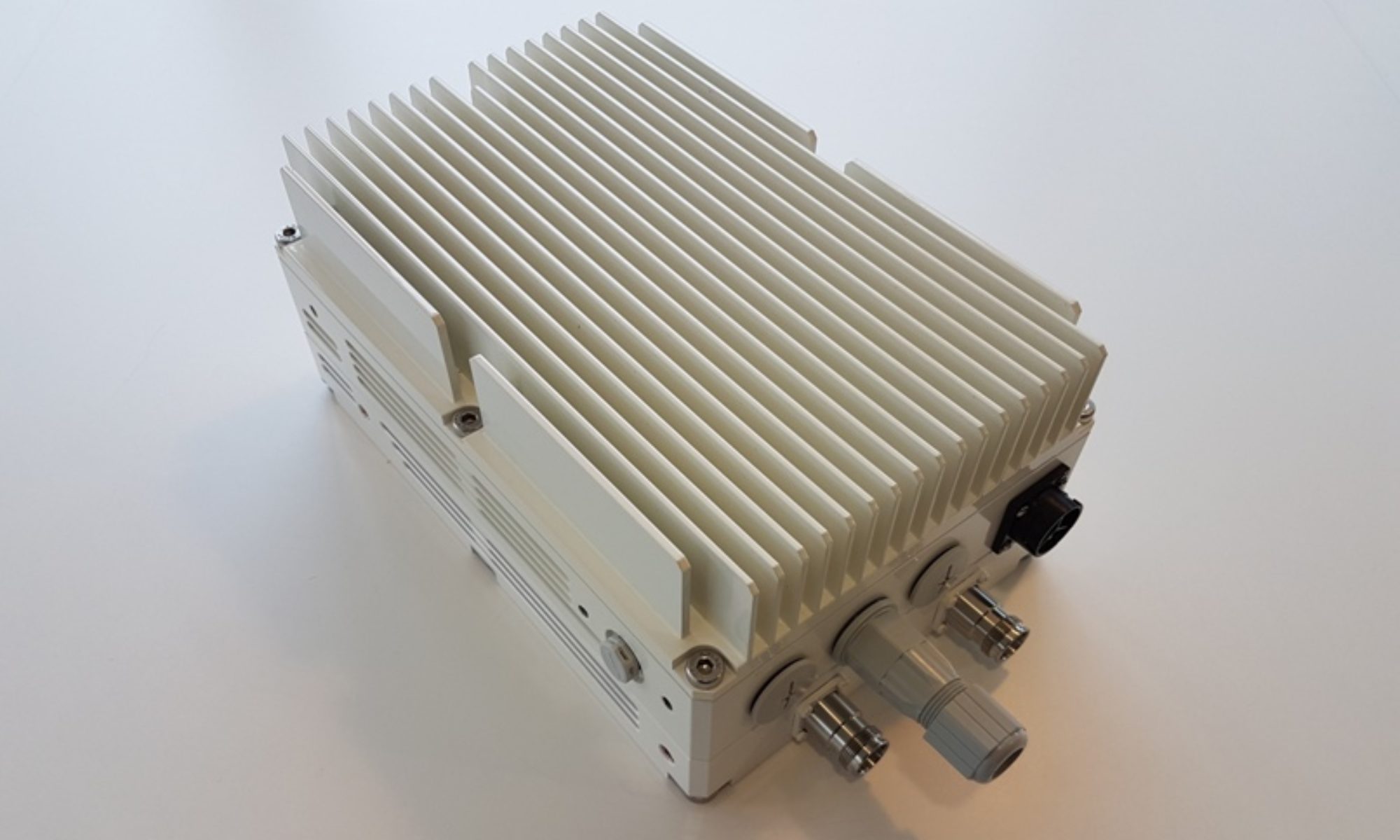Beamforming, Beam Steering & Beam Switching with Massive MIMO for 5G compared
Combining the high propagation loss of the millimeter wavelengths (mmWaves) employed in 5G new radio (5G NR) systems, plus the higher bandwidth demands of users, combinations of beamforming techniques and massive Multiple Input and Multiple Output (MIMO) are essential for increasing spectral efficiencies and providing cost-effective, reliable wireless network coverage.
Beamforming
Beamforming is the application of multiple radiating elements transmitting the same signal at an identical wavelength and phase, which combine to create a single antenna with a longer, more targeted stream which is formed by reinforcing the waves in a specific direction. The general concept was first employed in 1906 for trans-oceanic radio communications.
With more radiating elements that make up the antenna, the narrower the beam. An artifact of beamforming is side lobes. These are essentially unwanted radiation of the signal that forms the main lobe in different directions. Poor engineering of antenna arrays would result in excessive interference by a beamformed signal’s side lobe. The more radiating elements that make up the antenna, the more focused the main beam is and the weaker the side lobes are.

Figure 1: Beamforming with two and four radiating elements
While digital beamforming at the baseband processor is most commonly used today, analog beamforming in the RF domain can provide antenna gains that mitigate the lossy nature of 5G millimeter waves.
Beam steering and beam switching
Beam steering is achieved by changing the phase of the input signal on all radiating elements. Phase shifting allows the signal to be targeted at a specific receiver. An antenna can employ radiating elements with a common frequency to steer a single beam in a specific direction. Different frequency beams can also be steered in different directions to serve different users. The direction a signal is sent in is calculated dynamically by the base station as the endpoint moves, effectively tracking the user. If a beam cannot track a user, the endpoint may switch to a different beam.

Figure 2: Beam steering and beam switching
This granular degree of tracking is made possible by the fact that 5G base stations must be significantly closer to users than previous generations of mobile infrastructures.
Massive MIMO
Multiple input and multiple output (MIMO) antennas have long been a feature of commercial public wireless and Wi-Fi systems, but 5G demands the application of massive MIMO. To increase the resiliency (signal-to-noise ratio / SNR) of a transmitted signal and the channel capacity, without increasing spectrum usage, a common frequency can be steered simultaneously in multiple directions.
The successful operation of MIMO systems requires the implementation of powerful digital signal processors and an environment with lots of signal interference, or “spatial diversity”; that is a rich diversity of signal paths between the transmitter and the receiver.

Figure 3: Multiple input and multiple output (MIMO)
Diversity of arrival times, as the signal is bounced from different obstacles, forms multiple time-division duplexing (TDD) channels that can deliver path redundancy for duplicate signals or increase the channel capacity by transmitting different parts of the modulated data. First conceived of in the 1980s, there are a few differences between classic multi-user MU-MIMO and Massive MIMO, but fundamentally it is still the large number of antennas employed and the large number of users supported. The degree of MIMO is indicated by the number of transmitters and the number of receivers, i.e. 4×4.
Conclusion
Beamforming, Beam Steering, Beam Switching and Massive MIMO are key ingredients for 5G base stations.
For Further Information
Please Contact Us
